Q1 Mobile Rankings: The start of the global smartphone market in 2025 is like a game of still waters and deep currents. The latest report from Canalys shows that global shipments in the first quarter barely maintained at 296.9 million units, with a year-on-year growth rate of only 0.2%.
Behind this weak positive growth figure is an industry that is struggling to find a breakthrough in the competition for existing market share – the giants are treading on thin ice, while emerging brands are growing tenaciously in the cracks.
Moreover, when the innovation bottleneck meets consumer prudence, the market structure is undergoing a silent and profound reshaping, which also means that the gap between major manufacturers is widening.
In order to have a clearer understanding of the differences between manufacturers, let us take a look at the market landscape this time and see how big the gap is.
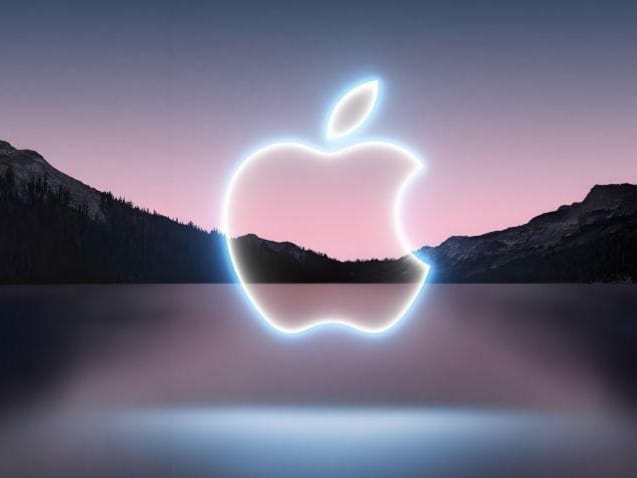
Q1 Mobile Rankings Released
First, in the global mobile phone market, Samsung continued to lead with 60.5 million units shipped (20% market share, a year-on-year increase of 1%), and its supply chain resilience and full-price segment coverage strategy remain important barriers.
Apple followed closely with 55 million units (19% market share), and its significant year-on-year growth of 13% was particularly impressive, thanks to the continued appeal of the iPhone in the high-end market and the initial success of its expansion strategy in emerging markets.
However, the growth was not universal, as Xiaomi (41.8 million units, 14% share, up 3%) and vivo (22.9 million units, 8% share, up 7%) demonstrated the solid momentum of Chinese brands.
In contrast, OPPO (22.7 million units, 8% market share) suffered a year-on-year decline of 9%, and its product line adjustments and some market strategies faced challenges.
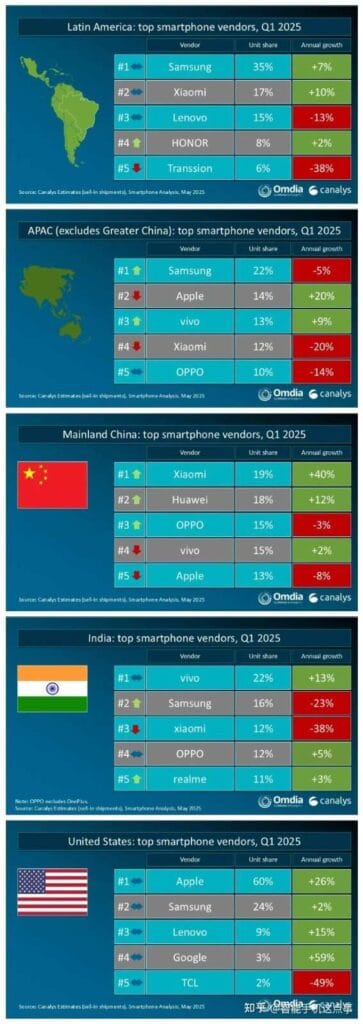
But it can also be seen that the competitive landscape of the Chinese market presents distinct characteristics: Xiaomi successfully reached the top, and Huawei returned to the forefront with its self-developed technology and brand potential.
Then OPPO and vivo remained firmly in the local camp, while Apple maintained a place in the Chinese high-end market, which confirmed that Chinese consumers’ recognition of local brands’ technological strength and innovative experience continued to increase.
However, Samsung’s share in the domestic mobile phone market is very low, which is very different from the global market. Therefore, it can be seen that the global penetration of Chinese brands has entered a deep-rooted stage.
It’s just a bit regrettable that Huawei’s mobile phones did not make their mark in the global market this time. This is also very normal, after all, it is still in the process of breaking through.
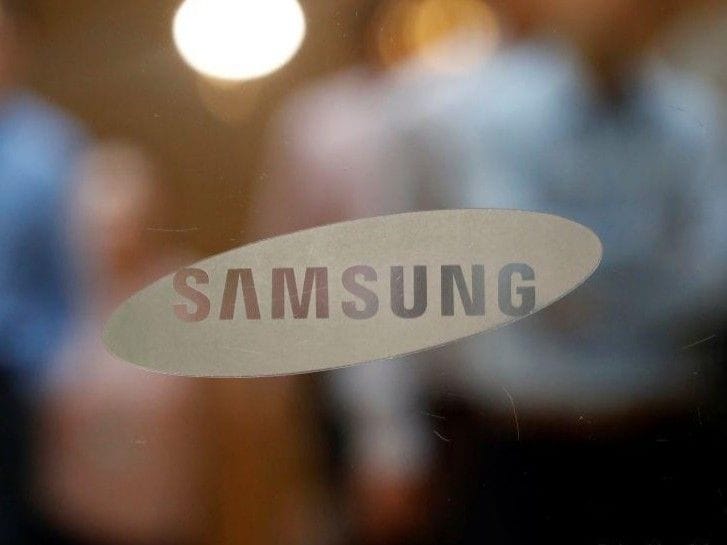
Secondly, in addition to the global mobile phone market, Canalys also publishes the mobile phone shipment rankings in some other regions, which is also the key to understanding the market structure.
For example, Asia, Africa and Latin America have become key battlefields: Transsion continues to lead in Africa, and Xiaomi, OPPO and Honor are firmly in the top five in Latin America, Africa, India and other regions.
The Indian market landscape has changed: vivo has jumped to the first place in India, followed by Samsung, Xiaomi, OPPO and realme , which shows how fierce the competition is.
It is not easy to break into the high-end market in Western Europe and North America: Samsung and Apple still have a significant dominant position in the European and American markets, Lenovo (Motorola), TCL (Alcatel) and others play more mid-range roles. Google has ranked among the top five in Western Europe with its own brand Pixel, showing new possibilities for software ecosystem integration.
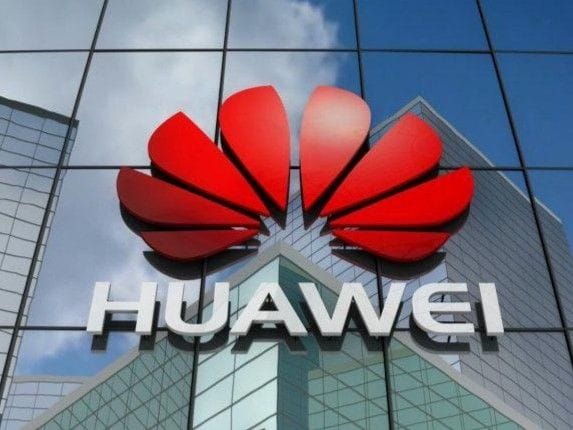
Secondly, it can be seen that in North America (the United States), Apple dominates the high-end ecosystem, Samsung has a comprehensive layout, Lenovo (Moto), Google (Pixel), and TCL (Alcatel) focus on niche markets, and the structure is relatively solidified.
In Western Europe, in addition to the two strong companies Samsung and Apple, Xiaomi has established a firm foothold with its high cost-performance ratio, while Lenovo (Moto) and Google (Pixel) are seeking space in differentiated competition.
In Asia Pacific (excluding China and India), Samsung and Apple lead the way, while vivo, Xiaomi, and OPPO are deeply rooted in key regions such as Southeast Asia. The influence of Chinese brands continues to increase.
In America and Africa, Samsung’s position is stable, while the Chinese team (Xiaomi, Transsion, OPPO, and Honor) has become the region with the most significant market share growth thanks to its deep understanding of the price-sensitive market and strong penetration of localized innovation.
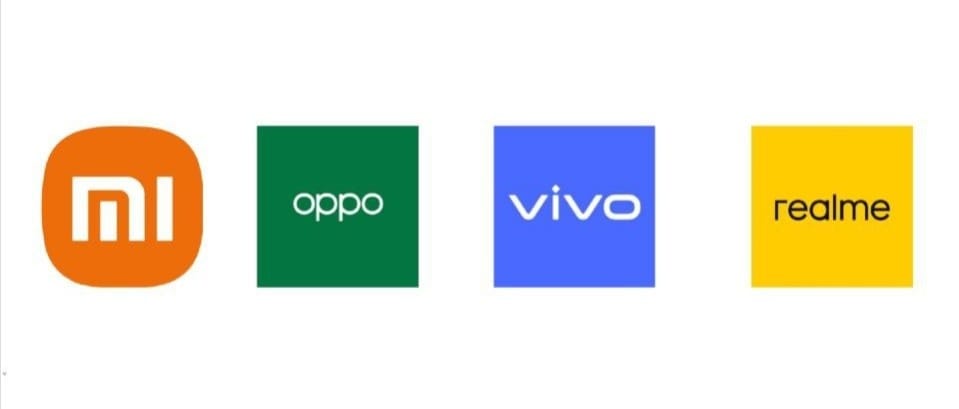
To be honest, as the global shipment curve tends to flatten, the smartphone industry is gradually entering a period of deep competition where “internal strength” is the key.
Leading brands maintain their advantages by leveraging their technological reserves and global presence, while challengers seek opportunities in market segments and regional breakthroughs.
Behind the 0.2% growth are countless silent battles over user pain points, scenario innovation and localization strategies, and also a display of fierce competition.
It is really hard to say what the future will be like, but judging from the current domestic mobile phone market alone, it is only a matter of time before it impacts overseas brands.
If you want to get more information about this, click here and join our telegram group and whatsapp group for instant updates.
Discover more from Snarikh
Subscribe to get the latest posts sent to your email.


